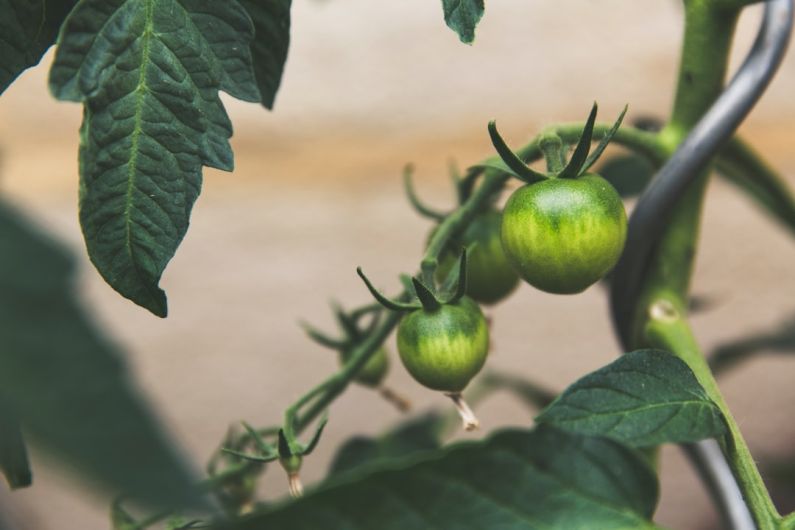How to Optimize Your Soil for Better Plant Growth
Soil is the foundation for healthy plant growth. If you want to have a thriving garden or produce abundant crops, it’s essential to optimize your soil. By providing the right nutrients, improving its structure, and maintaining proper moisture levels, you can create an ideal environment for your plants to flourish. In this article, we will discuss some effective strategies to optimize your soil for better plant growth.
Understanding Your Soil
Before you can optimize your soil, it’s crucial to understand its composition. Different types of soil have varying levels of clay, silt, and sand, which affect their drainage and nutrient-holding capacity. You can determine your soil type by conducting a simple soil test or consulting a local agricultural extension office. Once you know your soil’s characteristics, you can tailor your soil optimization efforts accordingly.
Enhancing Soil Structure
One key aspect of optimizing soil is improving its structure. Soil structure refers to the arrangement of soil particles and the spaces between them. Well-structured soil allows for proper aeration and water drainage, enabling plant roots to access oxygen and nutrients effectively. To enhance soil structure, incorporate organic matter such as compost, aged manure, or leaf litter. These organic materials help bind soil particles together, creating stable aggregates that improve water infiltration and retention.
Balancing Soil Nutrients
Plants require a variety of nutrients to grow and thrive. Nitrogen, phosphorus, and potassium are known as the primary macronutrients, while micronutrients like iron, zinc, and manganese are needed in smaller quantities. Conducting a soil test can provide valuable insights into your soil’s nutrient levels. Based on the results, you can amend your soil by adding organic fertilizers or mineral-based supplements to ensure a well-balanced nutrient profile. Regularly monitoring and maintaining proper nutrient levels will promote healthy plant growth and prevent nutrient deficiencies or toxicities.
Managing Soil pH
Soil pH is a measure of its acidity or alkalinity and plays a crucial role in nutrient availability. Most plants prefer a slightly acidic to neutral pH range (6.0 to 7.0), although some plants have specific pH requirements. If your soil pH is outside the optimal range, it can affect nutrient uptake by plants. To adjust soil pH, you can add lime to raise pH or sulfur to lower it. However, it’s important to follow specific guidelines and recommendations based on your soil type and the plants you are growing.
Improving Soil Drainage
Proper soil drainage is essential for healthy plant growth. Excess water can lead to waterlogged soil, which deprives plant roots of oxygen and promotes root rot. To improve soil drainage, you can incorporate organic matter to increase soil porosity and create channels for water movement. Additionally, consider implementing raised beds or installing drainage systems if you have heavy clay soil or poor natural drainage.
Maintaining Soil Moisture
While good drainage is important, maintaining adequate soil moisture is equally crucial. Different plants have varying water requirements, so it’s important to understand the needs of your specific plants. Mulching is an effective technique to conserve soil moisture by reducing evaporation and suppressing weed growth. Irrigation methods, such as drip irrigation or soaker hoses, can deliver water directly to the plant roots, minimizing water loss through evaporation.
In conclusion, optimizing your soil is a fundamental step towards achieving better plant growth. By understanding your soil, enhancing its structure, balancing nutrients, managing pH, improving drainage, and maintaining proper moisture levels, you can create an ideal environment for your plants to thrive. Remember to regularly monitor and adjust your soil management practices based on the specific needs of your plants. With the right approach, you can enjoy a bountiful and healthy garden or harvest.






